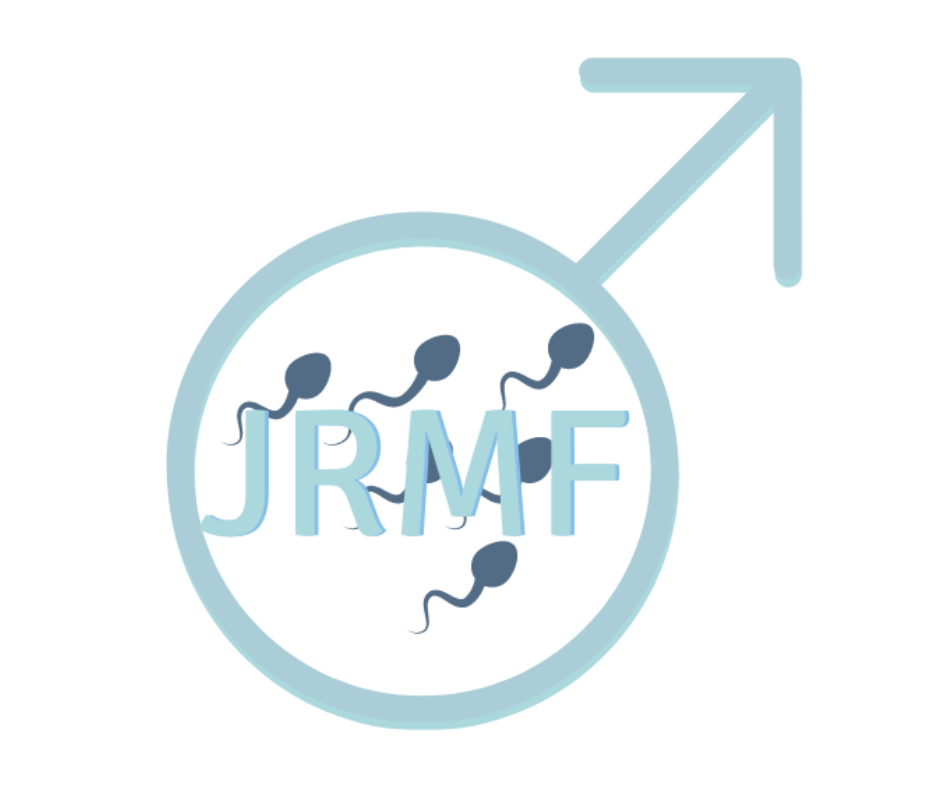A Commentary on the most recent article from the Global Andrology Forum (GAF)
The Global Andrology Forum is a worldwide group of urologists, andrologists and other scientists associated with male fertility. The Global Andrology Forum was started by Professor Ashok Agarwal from the Cleveland Clinic, and he is ably assisted by a core of experts including Rupin Shah and 12 other worldwide senior clinicians.
The group has published several consensus documents and the one about the management of varicocele is the most recent, published on 13 June 2022.
The format is a review of data not unlike a meta-analysis of all publications, and this has been used to formulate a selection of questions which were posed to the worldwide group.
In this way, comparisons can be made between the guidelines for the treatment of varicocele issued by the various urological associations, and not only between the available published data but also comparing these views with those of the experts who answered an extensive questionnaire. In each section, there is not only a discussion but also an expert comment.
This is an attempt to rationalise current practice with current data, and therefore to achieve a consensus about how best to manage the clinical possession of a varicocele and its consequences in different circumstances to male fertility, and to the outcomes of both natural conception and assisted reproductive technology (IVF and ICSI).
The first section deals with epidemiological data – that is, our knowledge about the prevalence and incidence of varicocele both in the male population worldwide and in those who are suffering from subfertility or who have abnormal semen parameters. This data is in fact well known and was first derived nearly 40 years ago, when the incidence of varicocele was measured in a seminal paper published from the Walter Reed Army Hospital, where one of the military doctors had examined every new male recruit to see whether a varicocele was present. This historic data suggested that varicocele was present in at least 12½% of young men, and the consensus document in fact reviews further literature and comes up with a minimum incidence of 15% of the young male population. If we then look at the incidence in a subgroup of subfertile men, the presence of varicocele rises to 40% or 50%. This fact alone should indicate on the basis of data that varicocele has significance in male fertility.
The next important section looks at diagnosis and whether this should be principally clinical – that is, by physical examination and inspection – or whether it should always be confirmed by an ultrasound scan. In fact, the experts choose both modalities as being useful, because most of us would detect a varicocele clinically and then undertake an ultrasound, not only to verify our clinical findings but also to measure the varicocele.
What is the size of varicocele that may be relevant to fertility? More than half of the respondents thought 3 mm (that is, when you measure the veins that form the varicocele), and a further 25% of the respondents would take 2.5 mm as a significant cutoff. In my own practice, I would certainly consider the relevance of varicoceles between 2.5 mm and 3 mm, but I would entirely agree that once the varicocele is 3 mm or greater in size, then it is very likely to be significant and therefore treatment of that varicocele is very likely to cause improvement, not only in the parameters of the semen analysis but also in the DNA fragmentation, and should result therefore in better outcomes both from ART and with natural conception.
Is sperm DNA fragmentation (SDF) an indication for varicocele treatment? In general terms, I think that all the respondents have agreed that there is a clear association between sperm DNA fragmentation (a much more sensitive measurement of sperm quality) and the possession of a significant varicocele measured at 3 mm. Further discussion about whether bilateral varicoceles should be treated I think tends to favour dealing with both varicoceles at the same time, provided that these are of significant size.
What is the best method of treating the varicocele? International guidelines have always favoured the microsurgical approach to treating varicocele, and the majority of the respondents confirmed that that would be their treatment of choice. Of course, the minimally invasive embolisation technique undertaken by radiologists is gaining popularity, and it has always been thought that the recurrence rate after this procedure may be a little higher than when a high-quality microsurgical approach is taken.
My own view is that there is probably insufficient data from high-volume studies of embolisation compared with microsurgical ligation to be sure that the historic beliefs about surgery versus embolisation in fact hold true. My own experience of hundreds of embolisation procedures would indicate that the recurrence rate is under 5% and the minimally invasive nature of the procedure, the time off work, which is minimal, and the local complications, which are virtually zero, lead me to believe that embolisation undertaken by an expert has a real place in the management of varicocele.
Perhaps the most interesting section was the diversity of opinion over the time that it takes to observe benefit in both semen analysis and fertility following a varicocele treatment. In fact, the experts, and all the respondents, were equally divided. 30% thought that 3–6 months was adequate, another 30% favoured 6–9 months and a further 30% favoured 9–12 months. I believe that the six-month interval is probably the most effective, because one has not wasted too much time waiting for improvement but on the other hand one has gained more improvement than may be evident at three months post-treatment. Certainly, in my experience, when there is improvement at three months then one can expect further improvement over the next six months, and perhaps one of the hidden benefits of treating a varicocele is the benefit to future natural conception. In the interim, one might of course recommend a cycle of IVF or ICSI, knowing that further improvement will probably occur in any case.
Finally, there was an interesting discussion about the role of varicocele treatment in azoospermia, and particularly of course in nonobstructive azoospermia. There is quite a high-level discussion about whether one would need to have histological or biopsy evidence of the potential for sperm production before treating a varicocele, and this of course is something that may be relevant before a micro-TESE or surgical sperm retrieval.
The problem that we always face with nonobstructive azoospermia is that, understandably, patients want to know a simple binary answer – is there sperm present or not? – and the more we delay, possibly by treating varicoceles before we do the surgical sperm retrieval, the more frustrating and emotionally exhausting the whole process becomes.
My own opinion is that when there is some presence of spermatogenesis, whether this be called ‘hypospermatogenesis’ or sometimes late maturation arrest, then this is when the benefits of varicocele just might allow a few sperm to return to the ejaculate. Of course, it is impossible to know (another difficulty with the evidence base) that the treatment of varicocele prior to a surgical sperm retrieval will increase the chances of that retrieval being successful. This is because it is really very difficult – and, I think I would argue, unfair – to randomise groups of men between two different therapies, particularly when doing so will increase the delays to effective treatment.
I therefore would suggest that some of you look through this admittedly long document – I think it probably merely reiterates the practices of most subspecialists in this field – but it certainly does, I believe, vindicate and confirm the guidelines from some of our professional bodies that are firmly moving towards the benefits of treating varicoceles.


